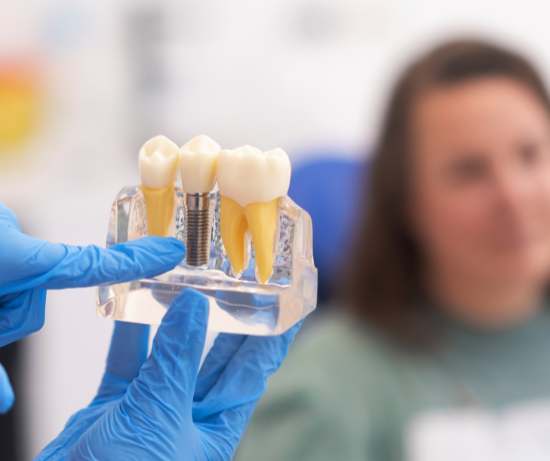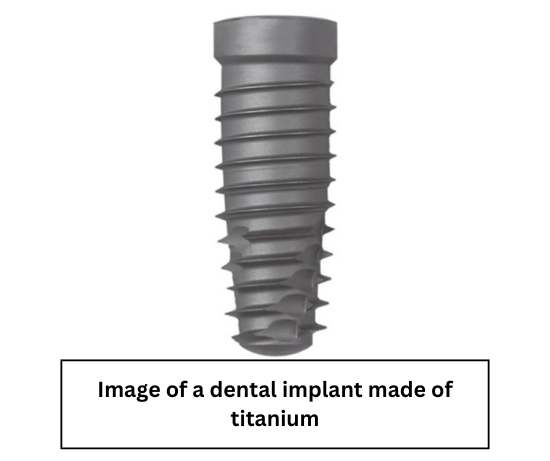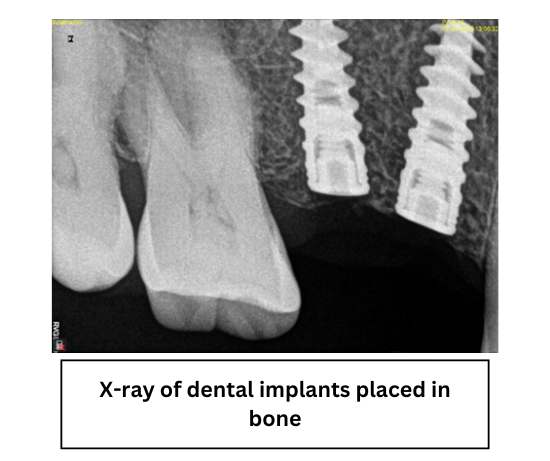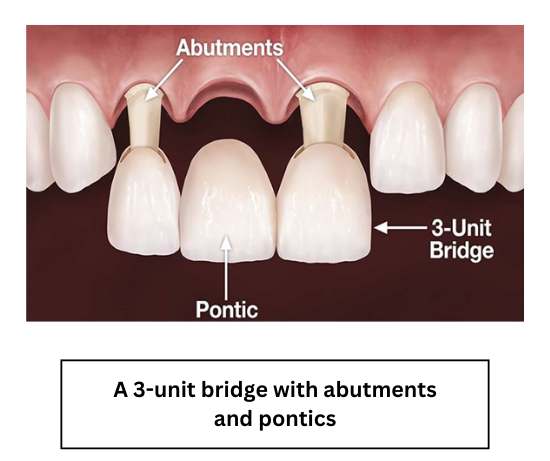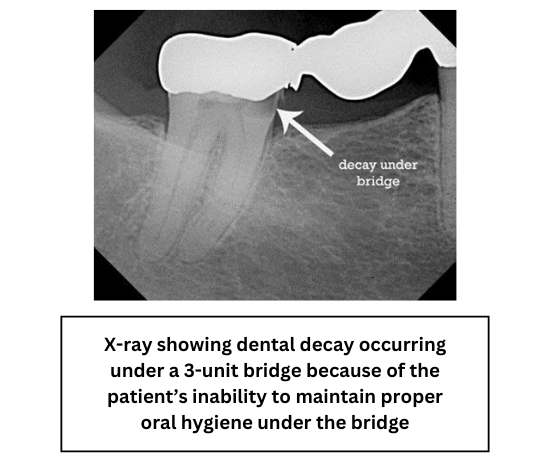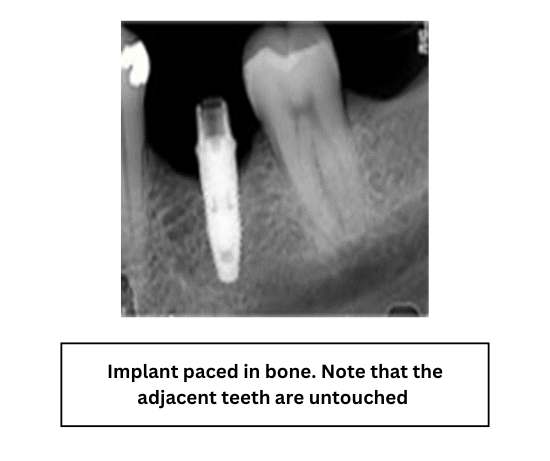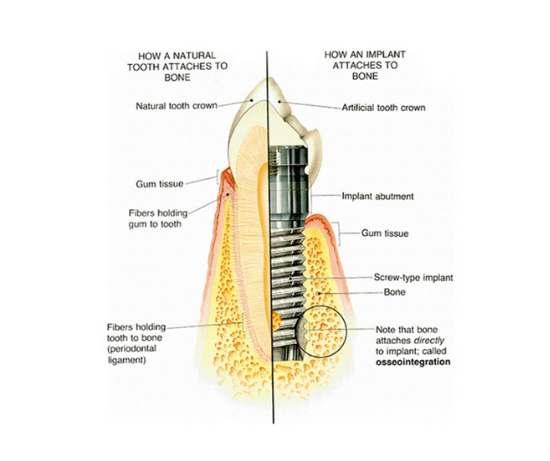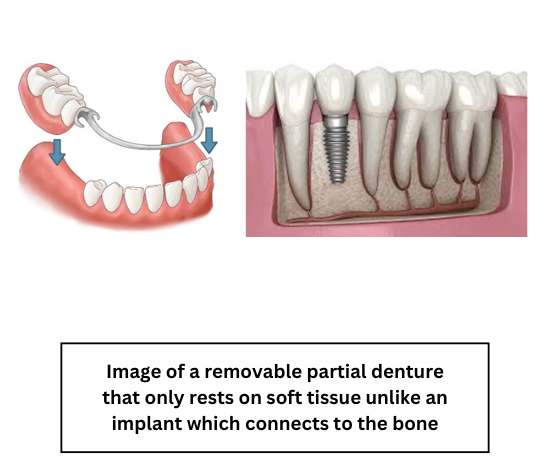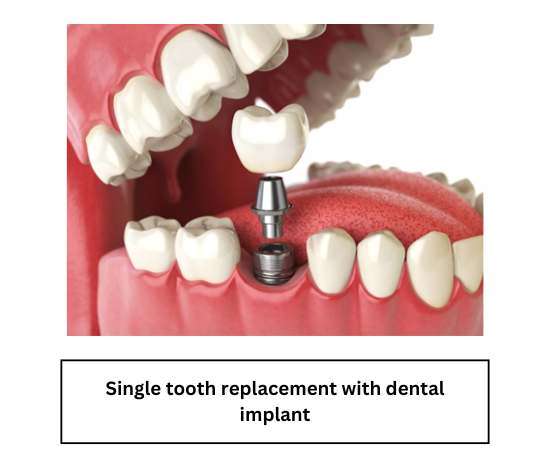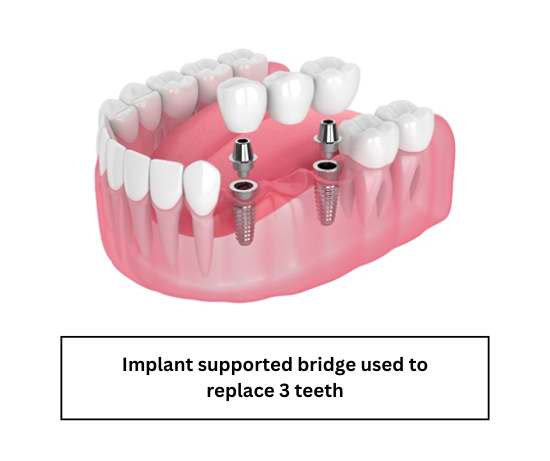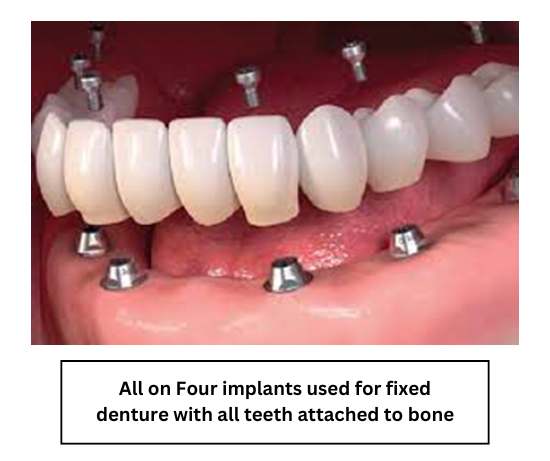1. Food pocketing/holding food in the mouth without swallowing it.
You know that what you eat directly impacts your health, and that includes the health of your teeth and gums. But it can work the other way around too. If you have an orthodontic appliance, such as braces, or have had certain dental problems or procedures, the health and comfort of your teeth and gums can directly impact what you eat.
Difficulty chewing is a common problem for older adults, and can have many causes and even takes longer time in eating food. Missing teeth, poorly fitting dentures, and mouth pain are typical culprits for chewing problems. If left untreated, these problems can increase the risk for weight loss, or inadequate intake of important nutrients, so your first step should be a visit to your dentist to help determine the cause of your problem. Meanwhile, eating soft foods (see tips for braces) can you help maintain your nutrients until you can see your dentist.
Here are a few important steps to take to help ensure you or your loved one are not struggling unnecessarily due to food pouching:
See the dentist regularly, and make sure any pain or new issues are addressed promptly.
Make sure dentures fit properly — they should not move, make noise during meals, or cause pain.
Practice proper hygiene of teeth and dentures, like brushing and soaking. Seek help with this, if needed.






